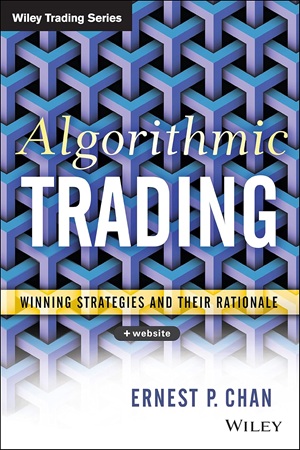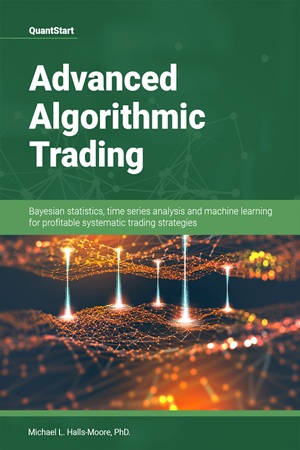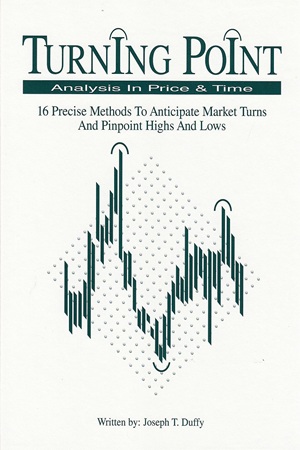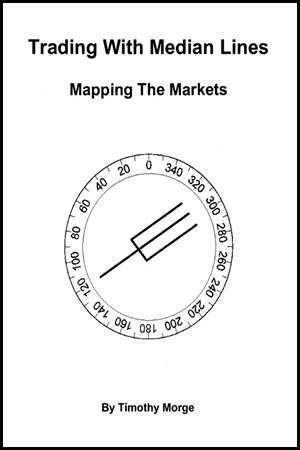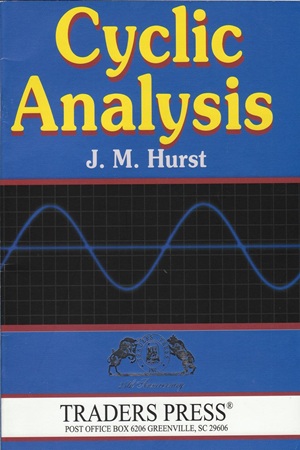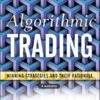Algorithmic Trading: Winning Strategies and Their Rationale
25.60 $
- Author: Ernest P. Chan
- Skill Level: Intermediate to Advanced
- Format: PDF
- Pages: 225
- Delivery: Instant Download
Algorithmic Trading: Winning Strategies and Their Rationale by Ernest P. Chan is a practical and insightful guide to designing, testing, and deploying algorithmic trading systems. Unlike overly academic texts, this book blends rigorous quantitative methods with hands-on trading experience, making it highly accessible to both professional quants and independent traders.
Chan begins with the fundamentals of backtesting and automated execution, explaining the pitfalls of survivorship bias, look-ahead bias, and data-snooping, and how to build robust systems that avoid these errors. He emphasizes the importance of statistical validity and the role of programming in automating both backtests and live trading.
The book then explores mean reversion strategies, from simple time-series models to advanced cointegration methods. Readers learn how to implement strategies with tools like Bollinger Bands, Kalman filters, and portfolio-based reversion models, alongside practical tips for avoiding data errors and overfitting.
Next, Chan turns to momentum strategies, covering both interday and intraday models. He demonstrates how to build strategies based on roll returns, futures vs. ETF arbitrage, news sentiment, earnings drift, and event-driven signals. Each approach is broken down into its rationale, coding framework, and performance analysis, giving readers both the “why” and the “how.”
A final focus is on risk management, where Chan explains leverage optimization, the Kelly formula, drawdown control, portfolio insurance, and stop-loss design. He stresses that even the best algorithm must be paired with disciplined risk control to succeed in real markets.
What sets this book apart is Chan’s ability to combine academic rigor with real-world trading insight. He not only presents working strategies but also explains why they work, their limitations, and how to adapt them to changing market conditions.
Whether you are a professional quant, retail trader, or fund manager, Algorithmic Trading offers a toolbox of proven strategies and a rational framework for developing your own profitable trading systems.
✅ What You’ll Learn:
- How to design and backtest algorithmic trading strategies with statistical rigor.
- The most common pitfalls in backtesting (survivorship bias, look-ahead bias, data-snooping) and how to avoid them.
- Core principles and implementations of mean reversion strategies, including time-series, cointegration, and Kalman filters.
- Practical momentum trading models for both interday and intraday markets.
- How to exploit ETF arbitrage, volatility futures, and news sentiment for systematic trades.
- The mathematics behind stationarity tests, Hurst exponent, and variance ratio analysis.
- Coding and executing strategies in MATLAB (with downloadable examples).
- Advanced risk management methods including Kelly formula, portfolio insurance, and drawdown optimization.
- Why simple, linear models often outperform complex overfit systems.
- How to adapt strategies to different asset classes: stocks, ETFs, futures, and currencies.
💡 Key Benefits:
- Combines academic research with real trading experience.
- Provides ready-to-implement strategies with code examples.
- Covers both mean reversion and momentum frameworks.
- Builds a solid foundation for quantitative and algorithmic traders.
- Equips readers with a complete process: design → test → execute → manage risk.
- Suitable for both retail traders and institutional professionals.
👤 Who This Book Is For:
- Retail traders interested in developing algorithmic trading systems.
- Quantitative analysts seeking practical strategies beyond theory.
- Fund managers who want to diversify portfolios with systematic models.
- Beginner to intermediate traders looking to understand algorithmic methods with clarity.
- Professionals in finance who want to bridge the gap between quant research and live trading execution.
📚 Table of Contents:
- Chapter 1: Backtesting and Automated Execution
- Chapter 2: The Basics of Mean Reversion
- Chapter 3: Implementing Mean Reversion Strategies
- Chapter 4: Mean Reversion of Stocks and ETFs
- Chapter 5: Mean Reversion of Currencies and Futures
- Chapter 6: Interday Momentum Strategies
- Chapter 7: Intraday Momentum Strategies
- Chapter 8: Risk Management
- Conclusion
| Author(s) | Ernest P. Chan |
|---|---|
| Format | |
| Pages | 225 |
| Published Date | 2013 |
